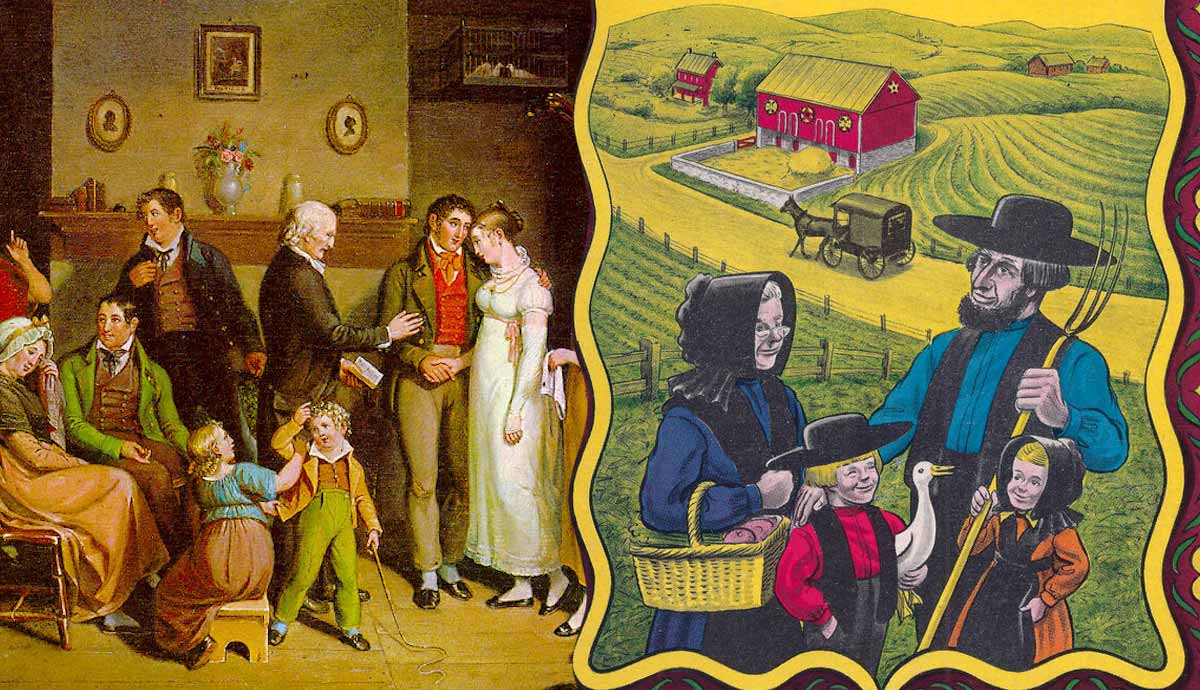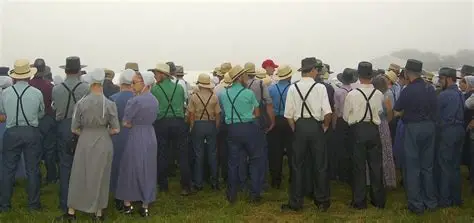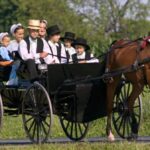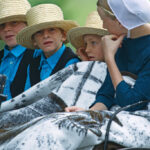Famous Historical Figures in Amish Communities
Amish communities are widely known for their commitment to simplicity, faith, and family, rather than for producing famous figures in the traditional sense. However, throughout history, several key leaders and influential members shaped Amish society and helped preserve its culture. Learning about these figures provides insight into how Amish traditions endured and evolved.
Jakob Ammann: Founder of the Amish
Jakob Ammann is perhaps the most influential figure in Amish history. Born in Switzerland in the 17th century, he led a movement within the Anabaptist community that emphasized strict adherence to faith, discipline, and separation from the world.
Ammann advocated for practices such as shunning (Meidung) to maintain moral standards and reinforce communal obedience. His leadership caused a split from the larger Mennonite community, resulting in the formation of the distinct Amish identity that continues today. Ammann’s vision laid the foundation for Amish religious and cultural practices in Europe and America.
Hans Reist: The Mennonite Counterpart
Hans Reist, a contemporary of Jakob Ammann, played a key role in the early history of the Amish-Mennonite divide. While he opposed Ammann’s strict disciplinary measures, his debates and leadership shaped the ideological boundaries between Mennonites and Amish.
Reist’s influence helped clarify Amish principles, highlighting the importance of discipline, community cohesion, and religious observance. His interactions with Ammann indirectly contributed to the solidification of Amish identity and the survival of their traditions.
Early Amish Settlers in Pennsylvania
While less individually famous, early Amish settlers in Pennsylvania were historical figures in their own right. Families who emigrated from Switzerland and Germany in the 18th century helped establish thriving communities in Lancaster County and beyond.
These settlers demonstrated resilience, faith, and ingenuity by building farms, schools, and meetinghouses. Their leadership ensured that Amish beliefs, language, and customs were preserved in the New World. Each family contributed to the foundation of a culture that continues to thrive today.
Bishop Samuel S. Yoder
Bishops and ministers within Amish communities have historically played vital roles as community leaders. One notable figure, Samuel S. Yoder, helped organize Amish congregations and codify church rules in the 19th century.
Through guidance and leadership, bishops like Yoder maintained religious order, resolved disputes, and ensured the passing of cultural practices to younger generations. Their influence reinforced the social structure and spiritual cohesion of Amish settlements.
Influential Artisans and Farmers
While less recognized in history books, skilled Amish artisans and farmers have left lasting legacies. Craftsmen who mastered woodworking, quilting, and farming techniques ensured that knowledge and cultural identity persisted.
These individuals shaped the daily life of Amish communities, preserving skills that continue to define Amish culture. Their contributions demonstrate that influence in Amish society often comes from service, craftsmanship, and teaching, rather than public fame.

Lessons from Amish Historical Figures
Amish historical figures teach the importance of leadership, community, and intentional living. From Jakob Ammann’s foundational guidance to the contributions of settlers, bishops, and artisans, these individuals helped maintain faith, culture, and cohesion over centuries.
Modern readers can learn from their dedication, humility, and commitment to preserving identity while facing adversity. Their lives show that impact is measured by service and cultural preservation rather than public recognition.
Conclusion
Famous historical figures in Amish communities may not appear on global history lists, but they shaped the identity, faith, and traditions of the Amish. Jakob Ammann, Hans Reist, early settlers, bishops, and skilled artisans all played critical roles in ensuring that Amish culture survived and thrived in America. Their dedication to faith, community, and craftsmanship offers valuable lessons on resilience, leadership, and the enduring power of tradition.



